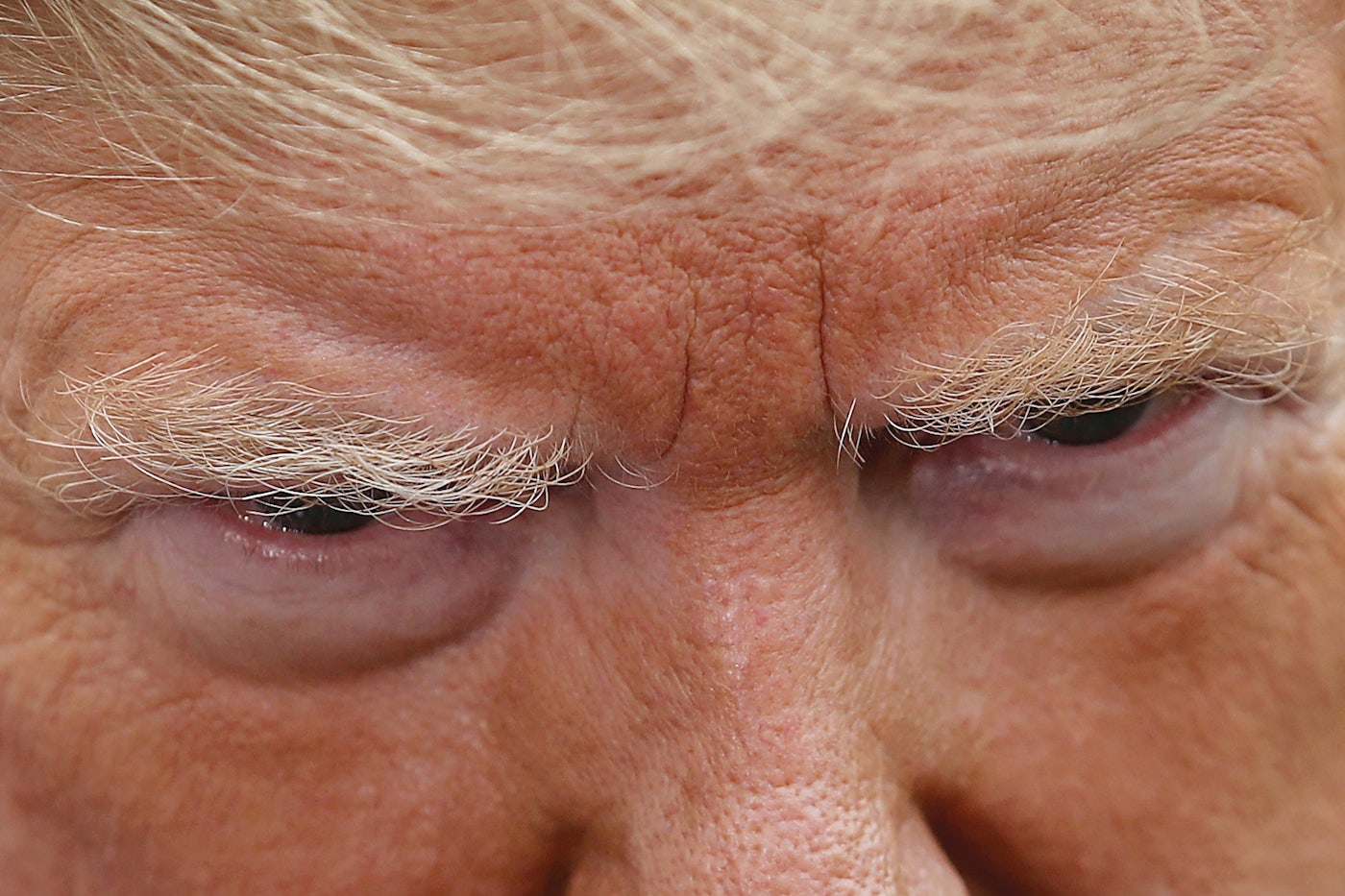The Taliban now controls one of the world’s biggest lithium deposits
By Tim McDonnell, Climate reporter August 16, 2021

In 2010, an internal US Department of Defense memo called Afghanistan “the Saudi Arabia of lithium,” after American geologists discovered the vast extent of the country’s mineral wealth, valued at at least $1 trillion. The silvery metal is essential for electric vehicles and renewable energy batteries.
Ten years later, thanks to conflict, corruption, and bureaucratic dysfunction, those resources remain almost entirely untapped. And as the US looks to disentangle its clean energy supply chains from China, the world’s top lithium producer, to have Afghanistan’s minerals under Taliban control is a severe blow to American economic interests.
“The Taliban is now sitting on some of the most important strategic minerals in the world,” said Rod Schoonover, head of the ecological security program at the Center for Strategic Risks, a Washington think tank. “Whether they can/will utilize them will be an important question going forward.”
Minerals are a double-edged sword for Afghanistan
Global demand for lithium is projected to skyrocket 40-fold above 2020 levels by 2040, according to the International Energy Agency, along with rare earth elements, copper, cobalt, and other minerals in which Afghanistan is naturally rich. These minerals are concentrated in a small number of pockets around the globe, so the clean energy transition has the potential to yield a substantial payday for Afghanistan.
In the past, Afghan government officials have dangled the prospect of lucrative mining contracts in front of their US counterparts as an enticement to prolong the American military presence in the country. With the Taliban in charge, that option is likely off the table.
But Ashraf Ghani, the World Bank economist-turned-Afghan president, who fled the country the day of the Taliban takeover, saw the minerals as a potential “curse.” For one, most economists agree that mineral riches breed corruption and violence, particularly in developing countries, and that they often fail to yield many benefits for average citizens. At the same time, the Taliban have long illegally tapped the country’s minerals (especially lapis lazuli, a gem) as a source of up to $300 million in annual revenue for their insurgency.
What happens now that the Taliban is in control
The Taliban can’t simply flick a switch and dive into the global lithium trade, Schoonover said. Years of conflict have left the country’s physical infrastructure—roads, power plants, railways—in tatters. And at the moment Taliban militants are reportedly struggling even to maintain the provision of basic public services and utilities in the cities they have captured, let alone carry out economic policies that can attract international investors.
Competing factions within the Taliban would make it very difficult for any company to negotiate mining deals, and China is unlikely to extend to the group the scale of infrastructure loans that would be required to bring any sizable mining operations online, said Nick Crawford, a development economics researcher at the International Institute for Strategic Studies think tank. That’s especially true after Chinese investors got burned on a $3 billion copper mining project in Afghanistan, that started in 2007 and failed to produce anything, largely because of challenges related to the lack of infrastructure.
“As long as there are safer and more reliable sources elsewhere, full utilization of Afghan minerals is likely to remain slow,” Schoonover said. However, China and Russia are already retaining diplomatic ties with the Taliban, and will almost certainly do business with the new regime on its home turf.
One reason for China to do so, Crawford said, could be to offshore some of the localized environmental destruction that comes with rare earth and lithium mining. In that case, mining is likely to add to the range of other environmental hazards—including water scarcity, air pollution, and extreme weather disasters related to climate change—already faced by the Afghan people.











 Win McNamee / Getty Images
Win McNamee / Getty Images
